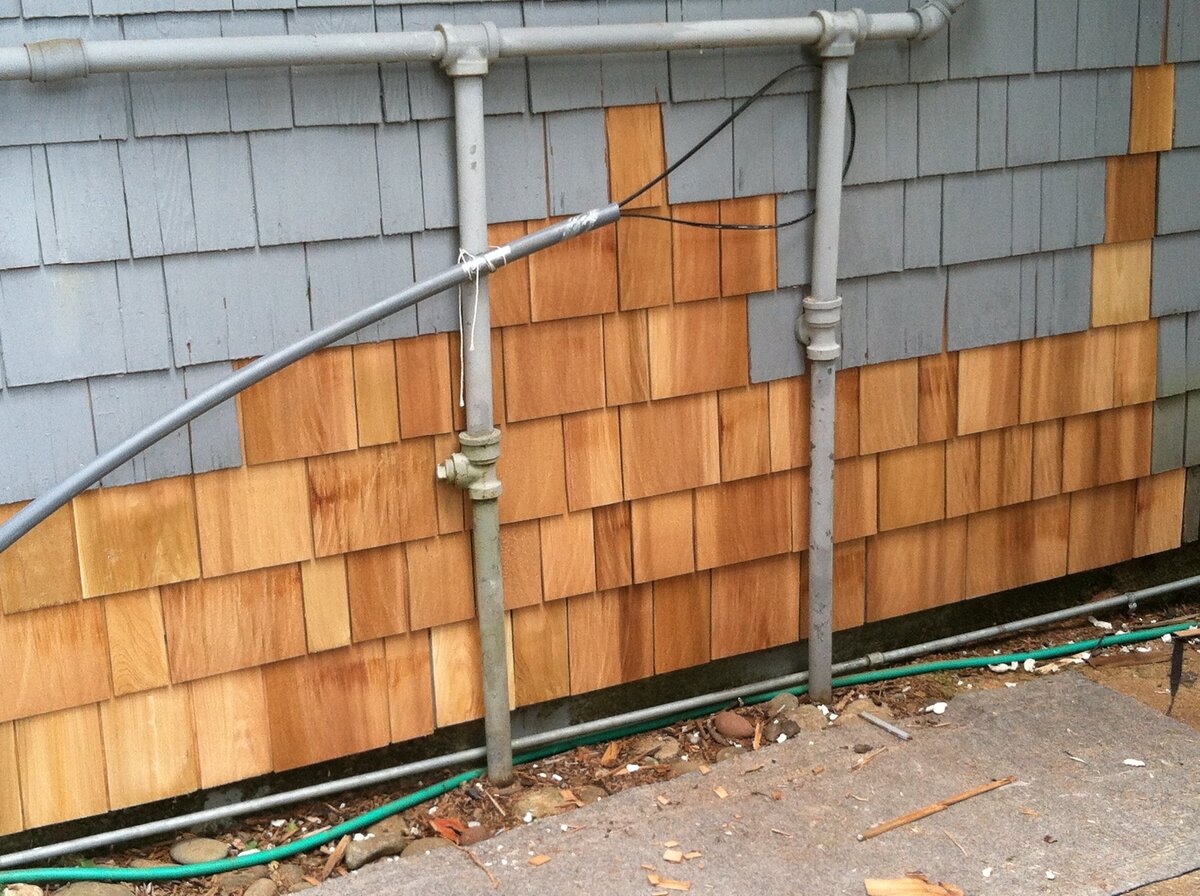

Articles
When To Replace Cedar Shingle Siding
Modified: December 7, 2023
Discover when it's time to replace your cedar shingle siding with our informative articles. Learn about signs of damage and find expert tips for a smooth replacement process.
(Many of the links in this article redirect to a specific reviewed product. Your purchase of these products through affiliate links helps to generate commission for Storables.com, at no extra cost. Learn more)
Introduction
Cedar shingle siding adds a timeless and rustic charm to any home. With its natural beauty and durability, it’s no wonder why many homeowners choose cedar shingles as their preferred siding material. However, like any exterior feature, cedar shingle siding is exposed to the elements and can sustain damage over time.
In this article, we will discuss when it is appropriate to replace cedar shingle siding. We will explore the signs of damage, how to evaluate the extent of the damage, factors to consider before opting for replacement, proper maintenance and repair techniques, and when it is best to seek professional help.
By understanding when to replace cedar shingle siding, you can protect the structural integrity of your home while maintaining its aesthetic appeal.
Key Takeaways:
- Regularly inspect your cedar shingle siding for signs of rot, cracking, warping, insect infestation, and fading. Early detection can prevent extensive damage and help you decide whether to repair or replace the siding.
- When considering a replacement, evaluate the age, extent of damage, budget, aesthetic impact, maintenance requirements, and future plans for your home. Professional assistance may be necessary for complex repairs, extensive damage, or safety concerns.
Read more: How To Cap A Cedar Shingle Roof
Signs of Damage
As wood siding, cedar shingles are susceptible to various forms of damage. It is crucial to be aware of the signs of damage so you can address any issues promptly. Here are some common signs to look out for:
- Rot: Rot can occur when moisture builds up in the shingles, causing them to decay. Look for dark, discolored areas or soft spots in the wood.
- Cracking and Splitting: Over time, cedar shingles can crack or split due to exposure to the elements, expansion and contraction, or improper installation. Inspect the shingles for any visible cracks or splits.
- Warping: Warping is another common issue with cedar shingles. This can happen when the wood absorbs moisture unevenly, causing it to bend or twist. Check for any irregularities or distortions in the shingle shape.
- Loose or Missing Shingles: If you notice any shingles that are loose, curling up, or completely missing, it’s a clear indication that your cedar shingle siding needs attention. This can leave your home vulnerable to further damage, such as water infiltration.
- Insect Infestation: Wood-boring insects, such as termites and carpenter ants, can wreak havoc on cedar shingles. Look for small holes, sawdust-like droppings (frass), or signs of damage caused by these pests.
- Fading or Discoloration: Over time, exposure to sunlight can cause cedar shingles to fade and lose their natural color. If you notice significant fading or uneven discoloration, it might be time to consider replacing the siding.
Keep in mind that these signs of damage may vary depending on the climate and specific conditions in your region. Regular inspections of your cedar shingle siding will help you identify potential issues early on and prevent further damage.
Evaluating the Extent of Damage
Once you identify signs of damage in your cedar shingle siding, it is essential to assess the extent of the problem before deciding whether to replace the entire siding or opt for repairs. Here are some steps to evaluate the damage:
- Visual Inspection: Carefully examine the entire cedar shingle siding to identify the affected areas. Look for rot, cracks, splits, warping, loose or missing shingles, and any signs of insect infestation. Take note of the overall condition of the siding.
- Probe the Wood: Use a screwdriver or other similar tool to gently probe the wood in the damaged areas. If the wood feels soft or crumbles easily, it indicates significant rot and decay. Firm and solid wood is a sign that the damage may be isolated to the surface.
- Measure the Damage: Assess how much of the cedar shingle siding is affected. Is the damage limited to a small area, or is it widespread across the entire siding? This will help determine whether you need to replace individual shingles or the entire siding.
- Consider Structural Stability: Evaluate whether the damage poses a threat to the structural stability of your home. If the integrity of the siding is compromised, it is crucial to address the issue promptly to prevent further damage to the underlying structure.
- Consult a Professional: If you are unsure about the extent of the damage or the best course of action, it is recommended to consult with a professional contractor or a knowledgeable expert in cedar shingle siding. They can provide a more accurate assessment and guide you in making an informed decision.
Remember, accurately evaluating the extent of the damage is crucial in determining whether you should replace the cedar shingle siding or if repairs can be sufficient. Taking the time to assess the damage will help ensure you make the right choice for the longevity and integrity of your home.
Factors to Consider Before Replacing Cedar Shingle Siding
Deciding to replace your cedar shingle siding is a significant investment and should be carefully considered. Before proceeding with a full replacement, take these important factors into account:
- Age of the Siding: Consider the age of your existing cedar shingle siding. If it is relatively new and the damage is limited to a small area, it may be more cost-effective to repair the damaged sections rather than replacing the entire siding.
- Extent of Damage: Evaluate the extent and severity of the damage. If the damage is widespread or compromises the structural integrity of your home, replacing the siding may be the best course of action to prevent further issues.
- Budget: Replacement can be a substantial expense. Assess your budget and determine if it allows for a complete replacement. If budget constraints are a concern, explore alternative options, such as partial replacement in the most affected areas.
- Aesthetic Considerations: Take into account the overall aesthetic appeal of your home. If the damaged sections are prominently visible and repairing them would result in a mismatched appearance, it might be preferable to replace the entire siding for a cohesive and visually appealing look.
- Maintenance Requirements: Consider your ability to maintain and care for cedar shingle siding. If regular maintenance and repairs are not feasible or you prefer a low-maintenance option, you may need to explore alternative siding materials.
- Future Plans: Consider your long-term plans for the house. If you anticipate selling your home in the near future, replacing the cedar shingle siding can increase its curb appeal and market value.
Keep in mind that each situation is unique, and it’s essential to weigh these factors based on your specific circumstances. Consulting with a professional contractor can provide valuable insights and help you make an informed decision about replacing your cedar shingle siding.
Inspect cedar shingle siding annually for signs of rot, warping, or damage. Replace individual shingles as needed to prevent water damage and maintain the integrity of the siding.
Proper Maintenance and Repair Techniques for Cedar Shingle Siding
Regular maintenance and timely repairs are crucial for preserving the longevity and appearance of cedar shingle siding. Here are some essential techniques to keep your siding in excellent condition:
- Cleaning: Regularly clean your cedar shingle siding to remove dirt, debris, and mildew. Use a mild detergent mixed with water and a soft brush or sponge. Rinse thoroughly with water and allow the siding to dry completely.
- Inspect for Damage: Conduct regular inspections of the siding to identify any signs of damage early on. Pay attention to areas prone to moisture accumulation, such as corners, joints, and areas close to the ground.
- Address Moisture Issues: Ensure proper drainage around your home’s foundation to prevent water from pooling near the cedar shingle siding. Trim back vegetation that is too close to the siding to promote airflow and prevent excess moisture retention.
- Repair or Replace Damaged Shingles: Promptly repair or replace any damaged or rotting shingles. Remove the affected shingles carefully, replace them with new ones, and secure them in place with appropriate nails or screws.
- Apply Protective Coatings: Consider applying a protective coating or stain to your cedar shingle siding to enhance its resistance to moisture, UV rays, and insects. Follow the manufacturer’s instructions and reapply as recommended.
- Seal Cracks and Gaps: Seal any cracks or gaps in the siding to prevent further moisture infiltration. Use a high-quality caulk specifically designed for exterior wood surfaces.
- Trim Tree Branches: Regularly trim tree branches near your home to prevent them from scraping or damaging the cedar shingle siding during windy conditions.
- Protect from Direct Sunlight: If your siding is continuously exposed to harsh sunlight, consider adding shading devices, such as awnings or planting shrubs, to protect it from excessive heat and UV rays.
By following these maintenance and repair techniques, you can extend the lifespan of your cedar shingle siding and ensure that it continues to enhance the beauty and value of your home.
Read more: When To Replace Siding On House
When to Hire a Professional
While regular maintenance and minor repairs can often be handled by homeowners, there are certain situations where it is best to hire a professional for cedar shingle siding-related tasks. Here are some scenarios when professional assistance is recommended:
- Extensive Damage: If the damage to your cedar shingle siding is widespread or involves structural components, it is advisable to consult a professional contractor. They have the expertise and experience to accurately assess the extent of the damage and recommend the most appropriate course of action.
- Complex Repairs: Certain repairs, such as replacing large sections of siding or addressing underlying issues, may require advanced skills and specialized tools. A professional contractor can ensure the repairs are done correctly and efficiently.
- Safety Concerns: Working at heights and handling tools can pose safety risks. If you are not comfortable or lack experience working on ladders or scaffolding, it’s safer to leave the job to professionals who are trained in proper safety protocols.
- Time Constraints: If you have limited time available, hiring a professional can expedite the process. They have the necessary resources and manpower to complete the project within a reasonable timeframe, allowing you to focus on other priorities.
- Unknown Underlying Issues: Sometimes, apparent damage to the siding may be an indication of underlying issues, such as water infiltration or structural damage. A professional contractor can conduct a comprehensive inspection to identify and address any hidden problems.
- Warranty Coverage: If your cedar shingle siding is still under warranty, it’s essential to follow the manufacturer’s guidelines and instructions. Hiring a professional ensures that any repairs or replacements comply with warranty requirements, protecting your investment.
When hiring a professional, make sure to research and select a reputable contractor with experience in working with cedar shingle siding. Request references, check online reviews, and verify their licenses and insurance coverage.
Remember, investing in professional assistance can save you time, effort, and potential headaches, ensuring that your cedar shingle siding is properly repaired, maintained, and long-lasting.
Conclusion
Knowing when to replace cedar shingle siding is essential for maintaining the overall integrity and aesthetic appeal of your home. By being aware of the signs of damage, evaluating the extent of the issue, and considering various factors, you can make an informed decision about whether to repair or replace the siding.
Regular maintenance, such as cleaning, inspecting, and addressing minor repairs, is crucial for preserving the longevity of cedar shingle siding. However, there may come a time when the damage is too extensive or the siding has reached the end of its lifespan, necessitating a full replacement.
It is important to consider your budget, aesthetic preferences, future plans for the house, and the expertise required for the repairs or replacement. In some cases, hiring a professional contractor is the best course of action, especially for complex repairs, extensive damage, or safety concerns.
Ultimately, the decision to replace cedar shingle siding should be based on a careful evaluation of the specific circumstances and an understanding of the best long-term solution for your home. Regular maintenance, proper repair techniques, and timely decision-making will help to ensure your cedar shingle siding retains its natural beauty and protects your home for years to come.
Frequently Asked Questions about When To Replace Cedar Shingle Siding
Was this page helpful?
At Storables.com, we guarantee accurate and reliable information. Our content, validated by Expert Board Contributors, is crafted following stringent Editorial Policies. We're committed to providing you with well-researched, expert-backed insights for all your informational needs.
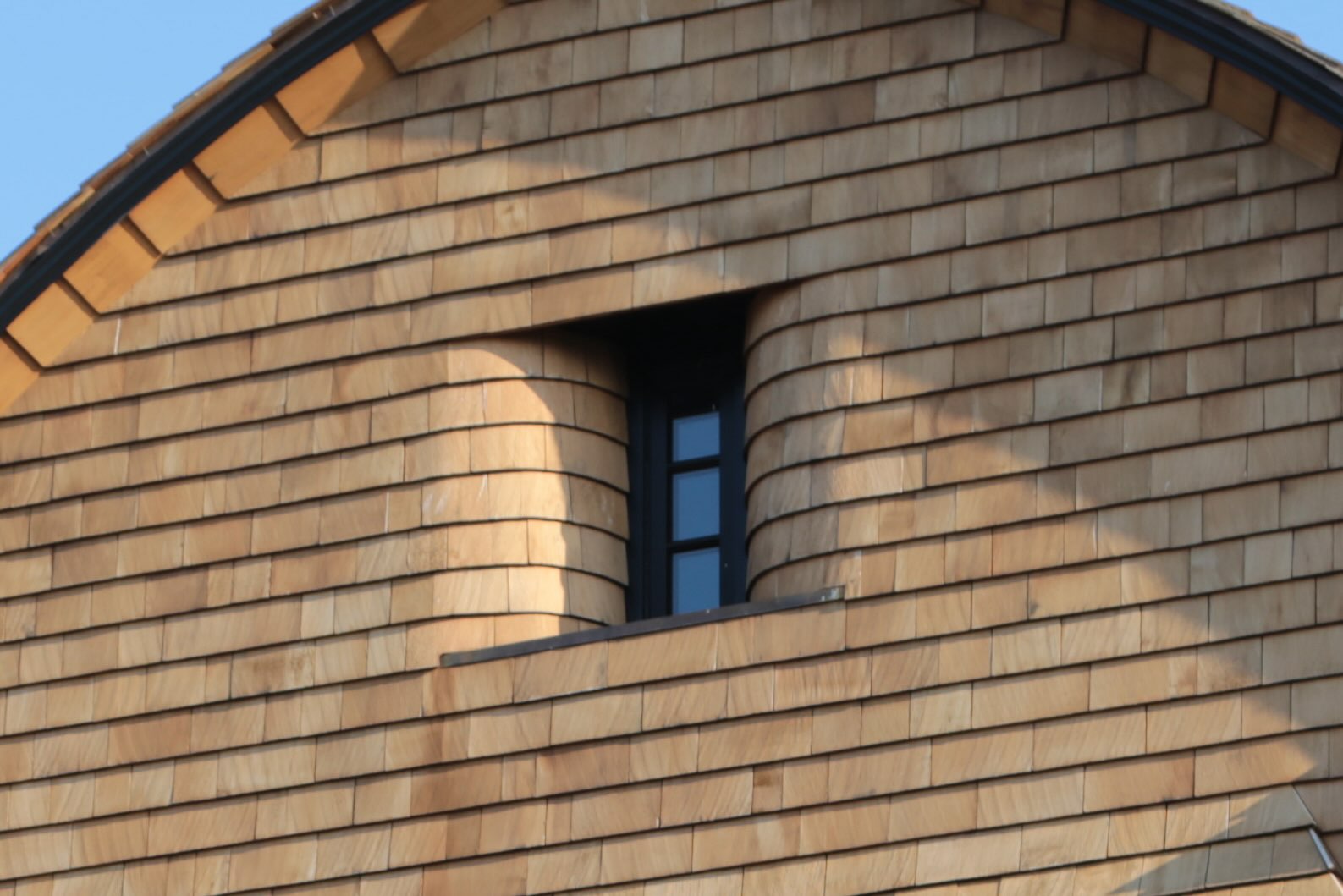
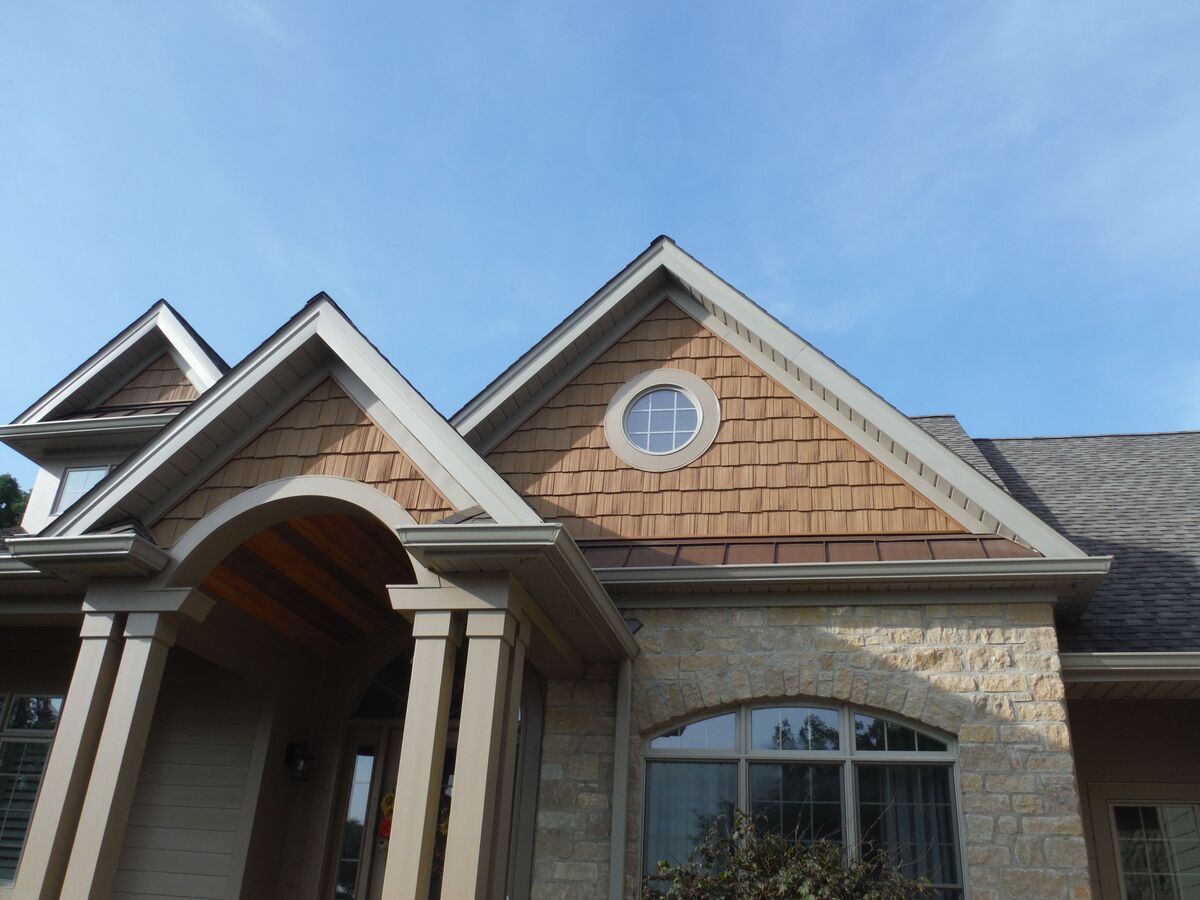
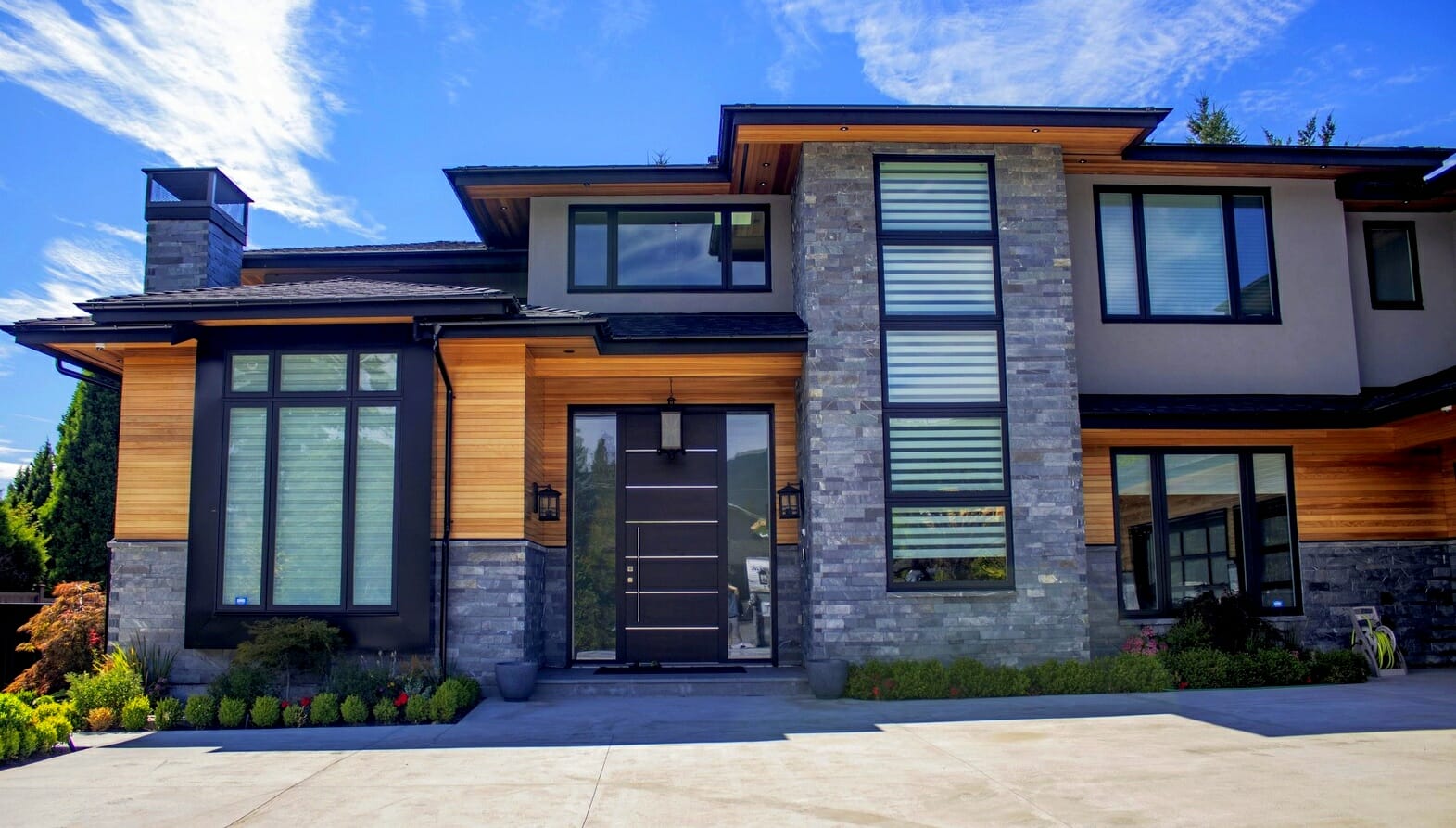
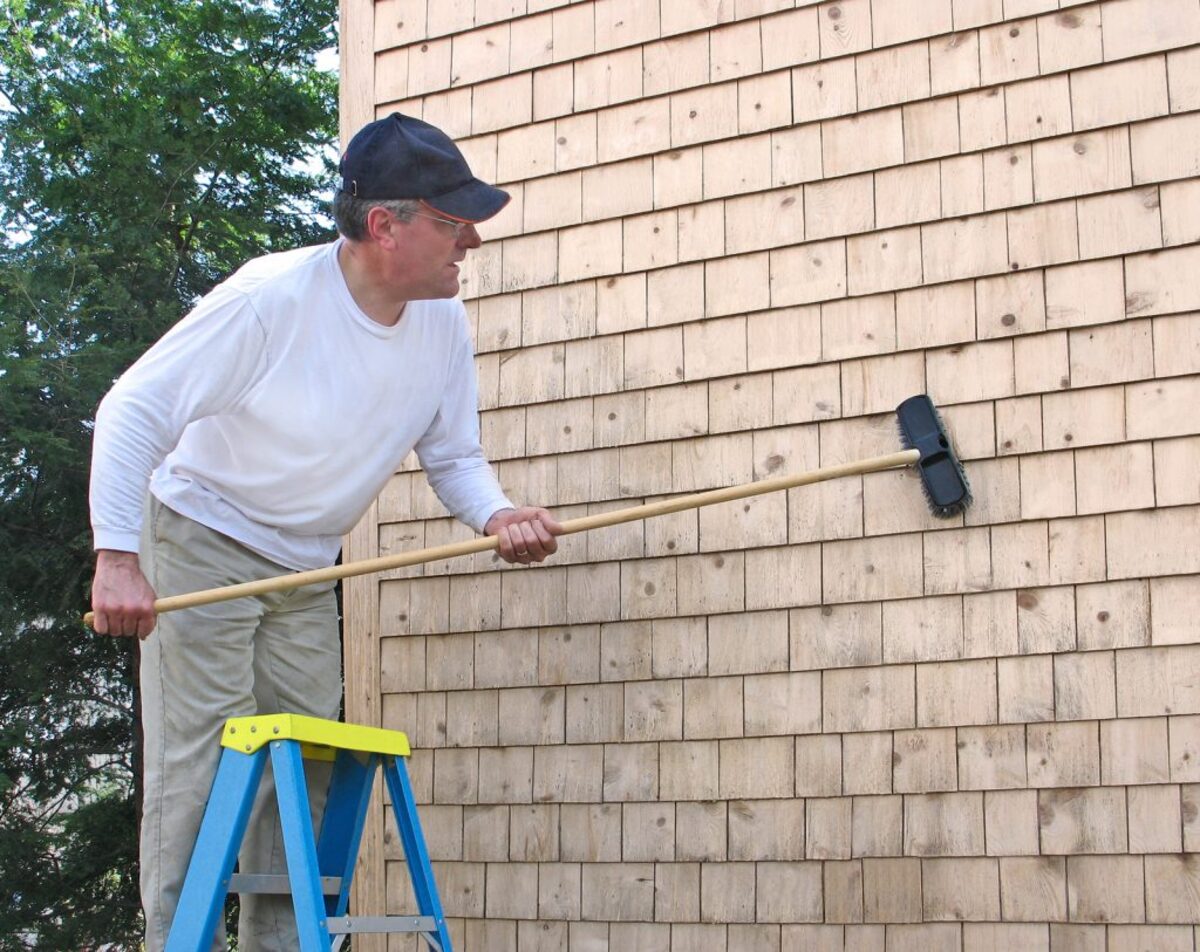
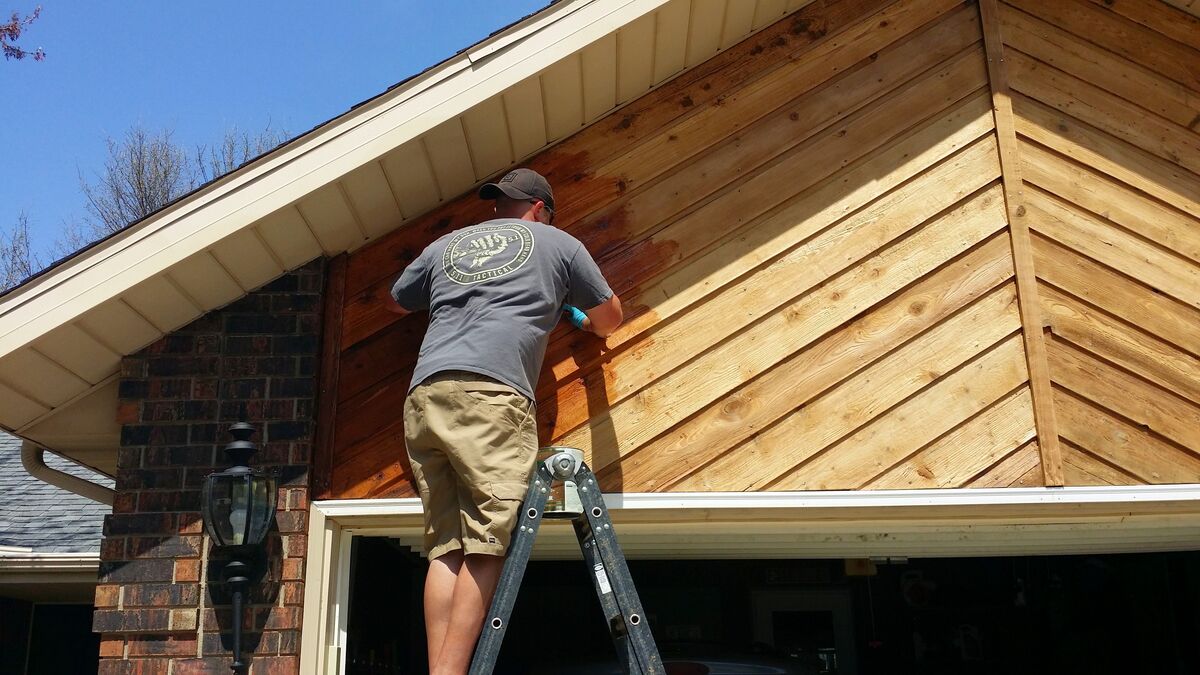
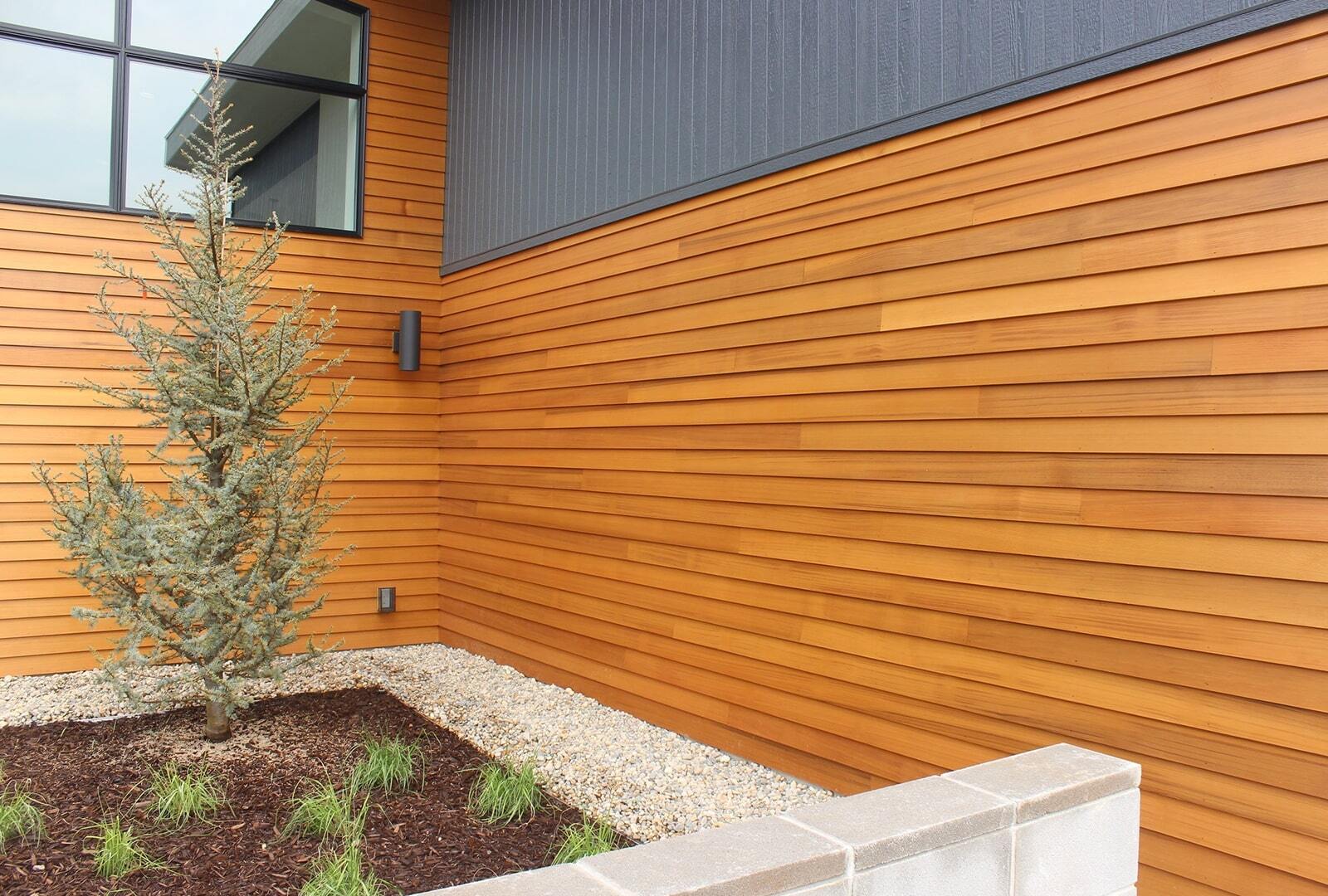
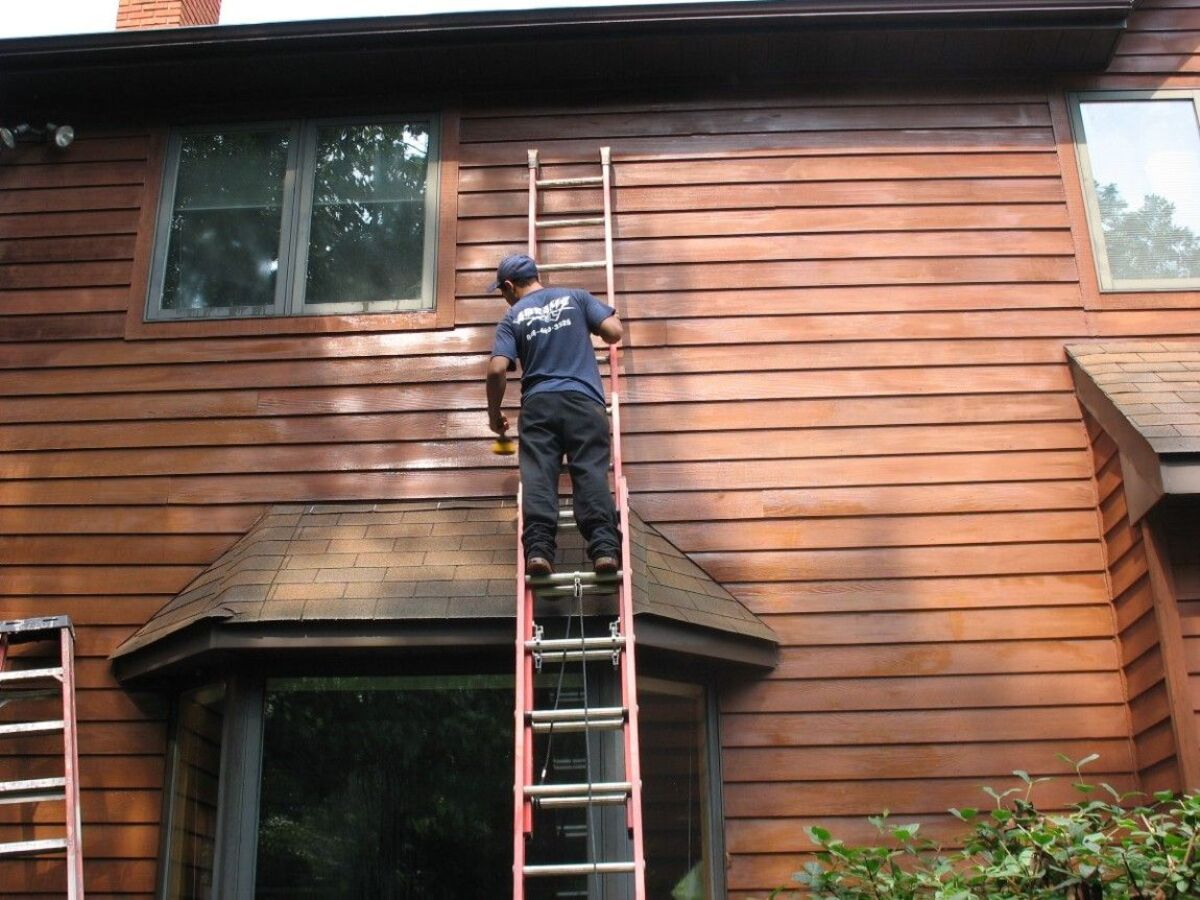
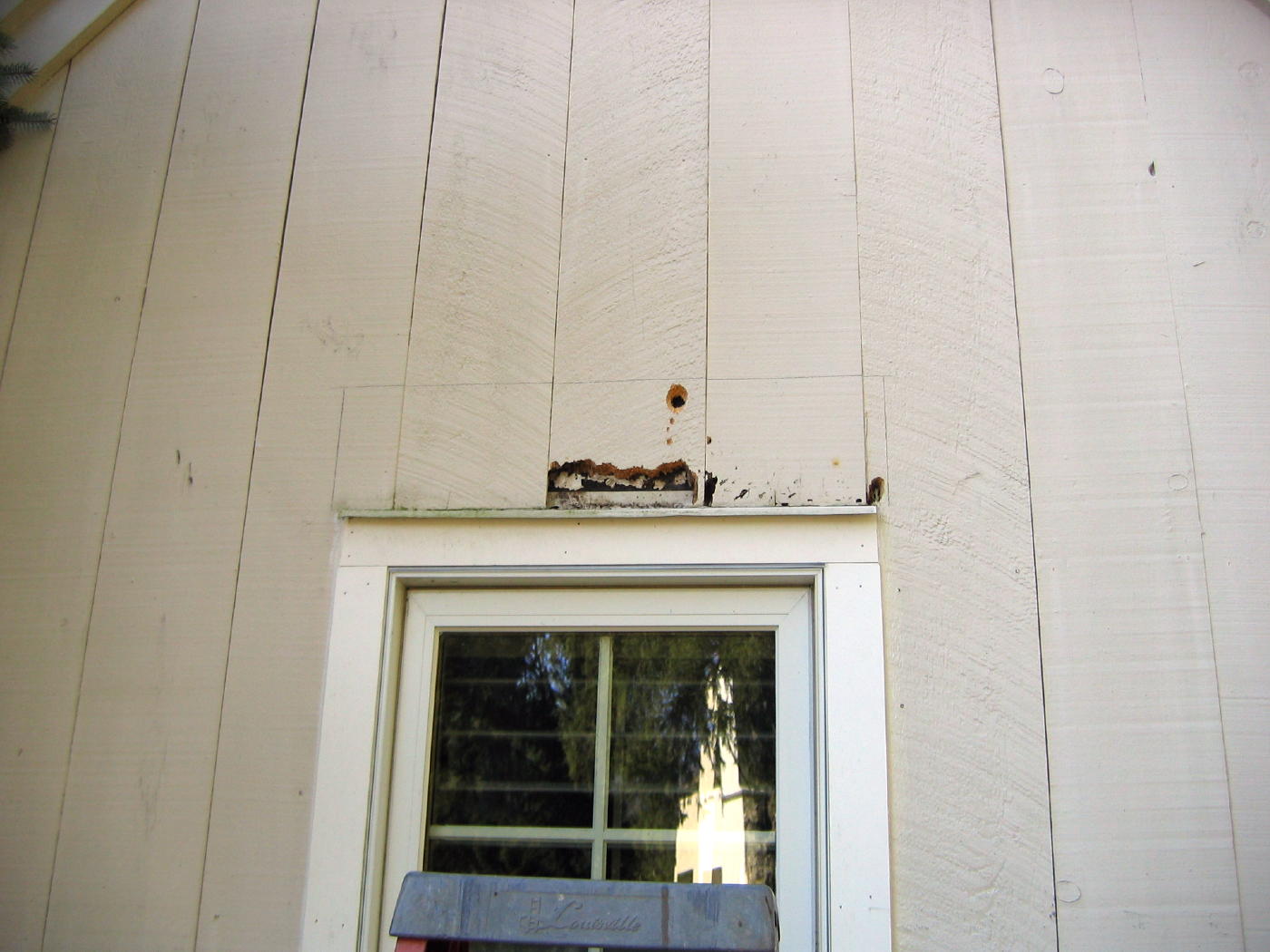
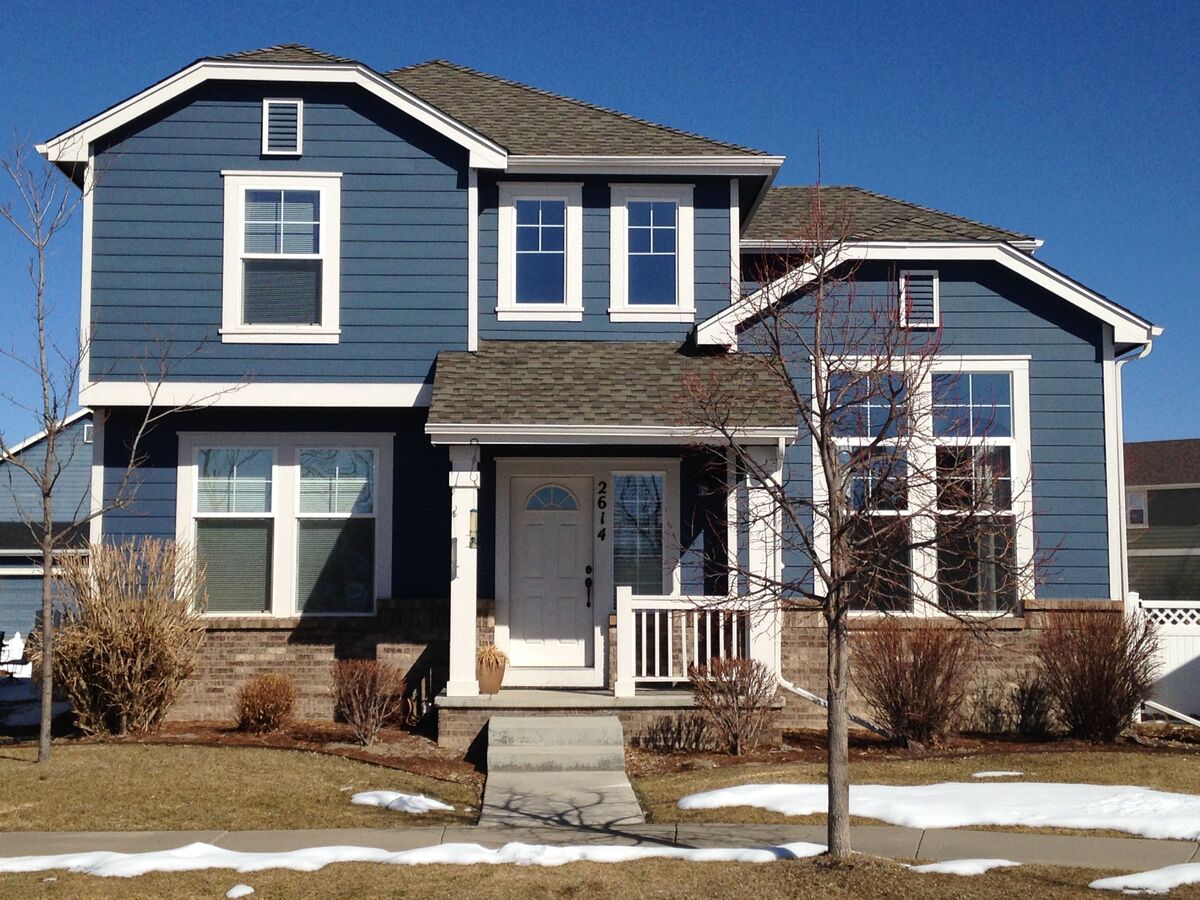
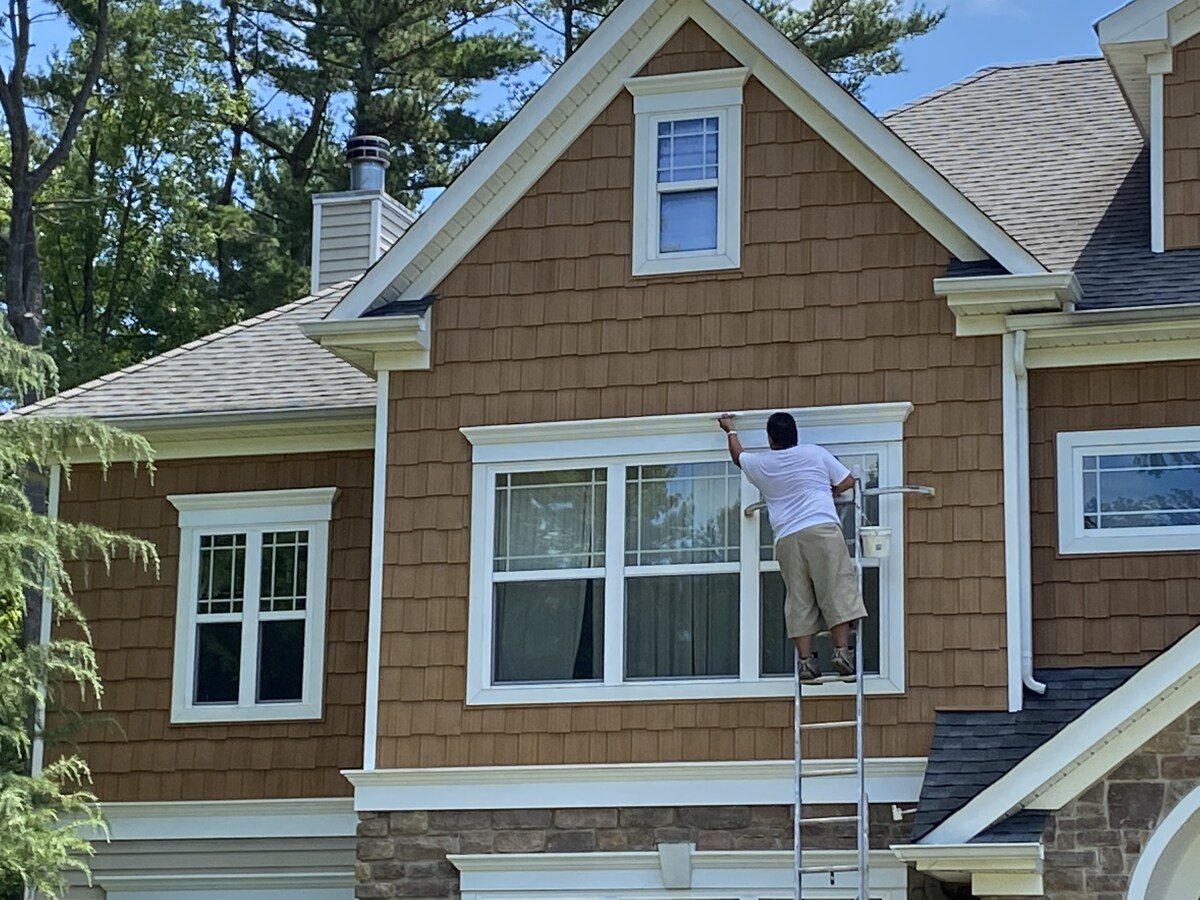
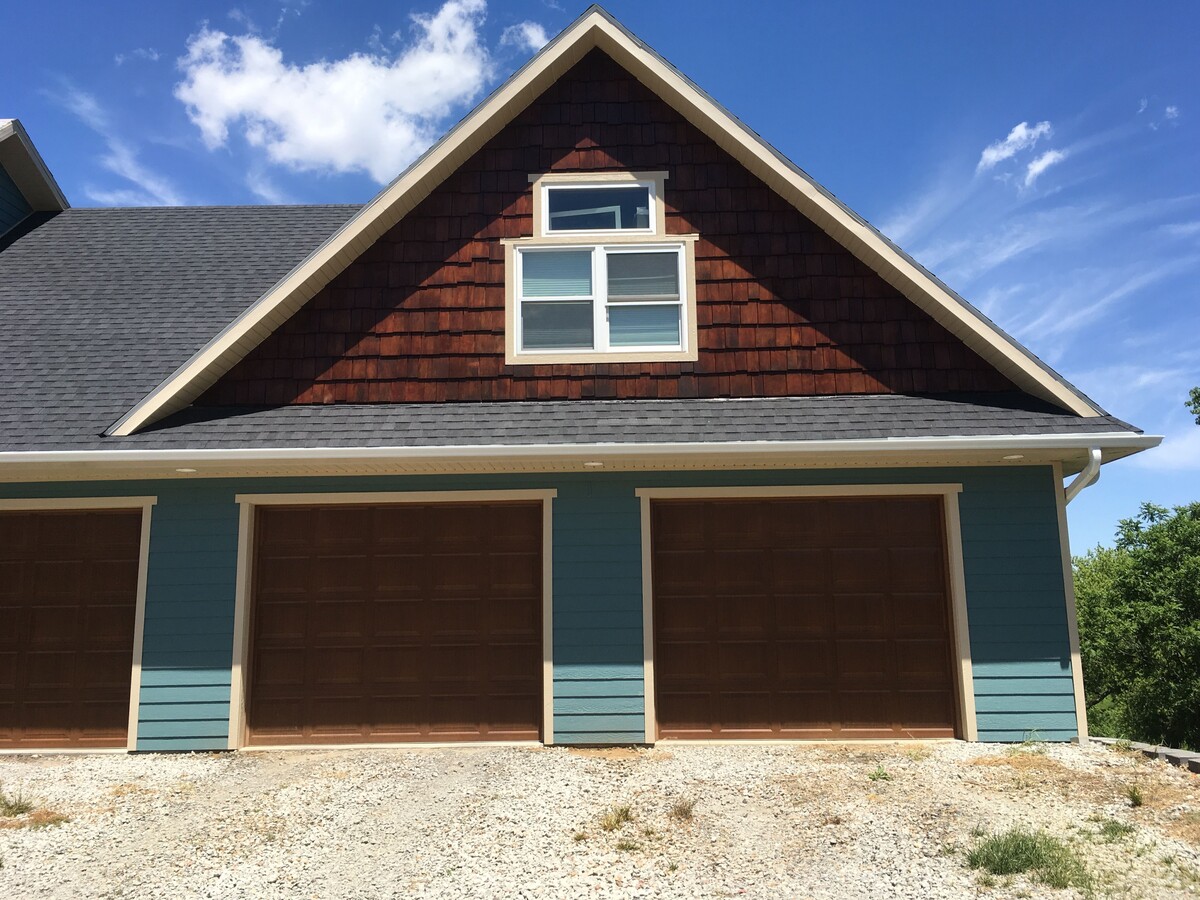
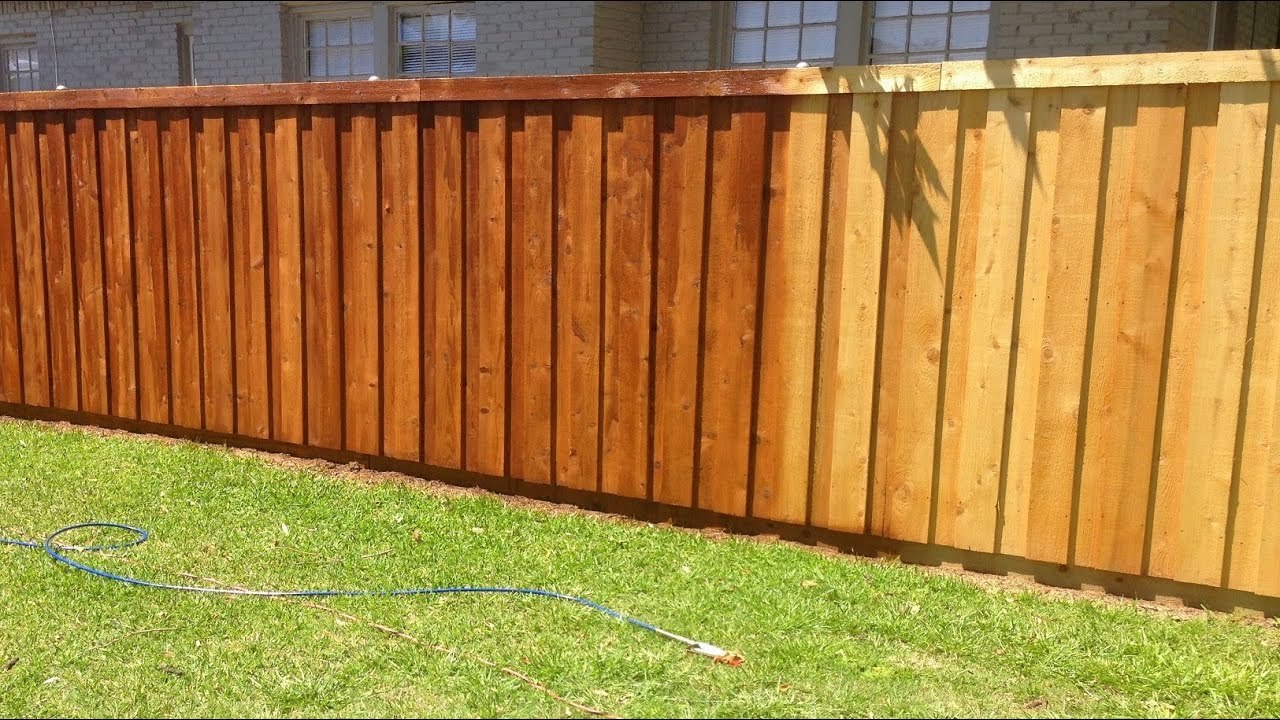
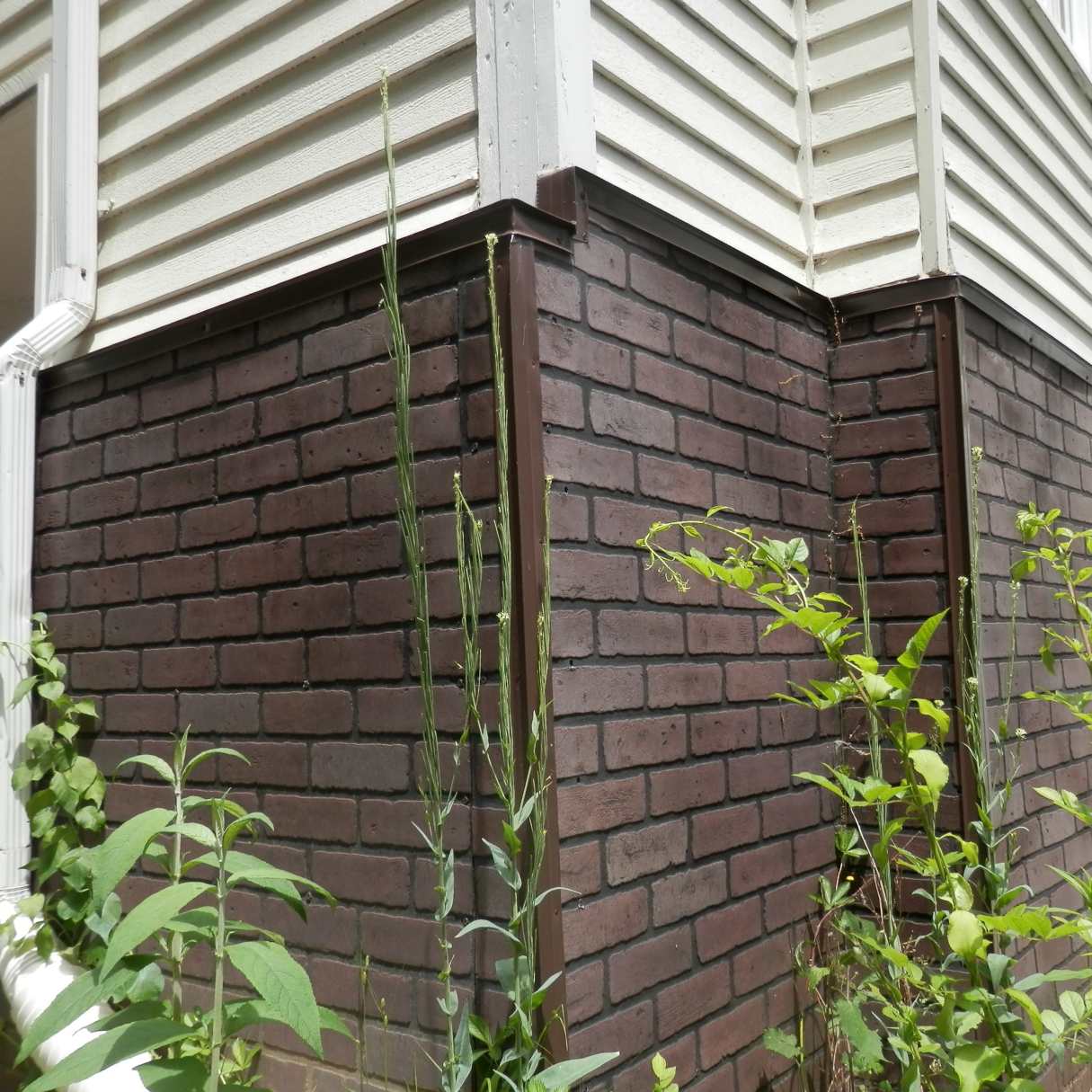
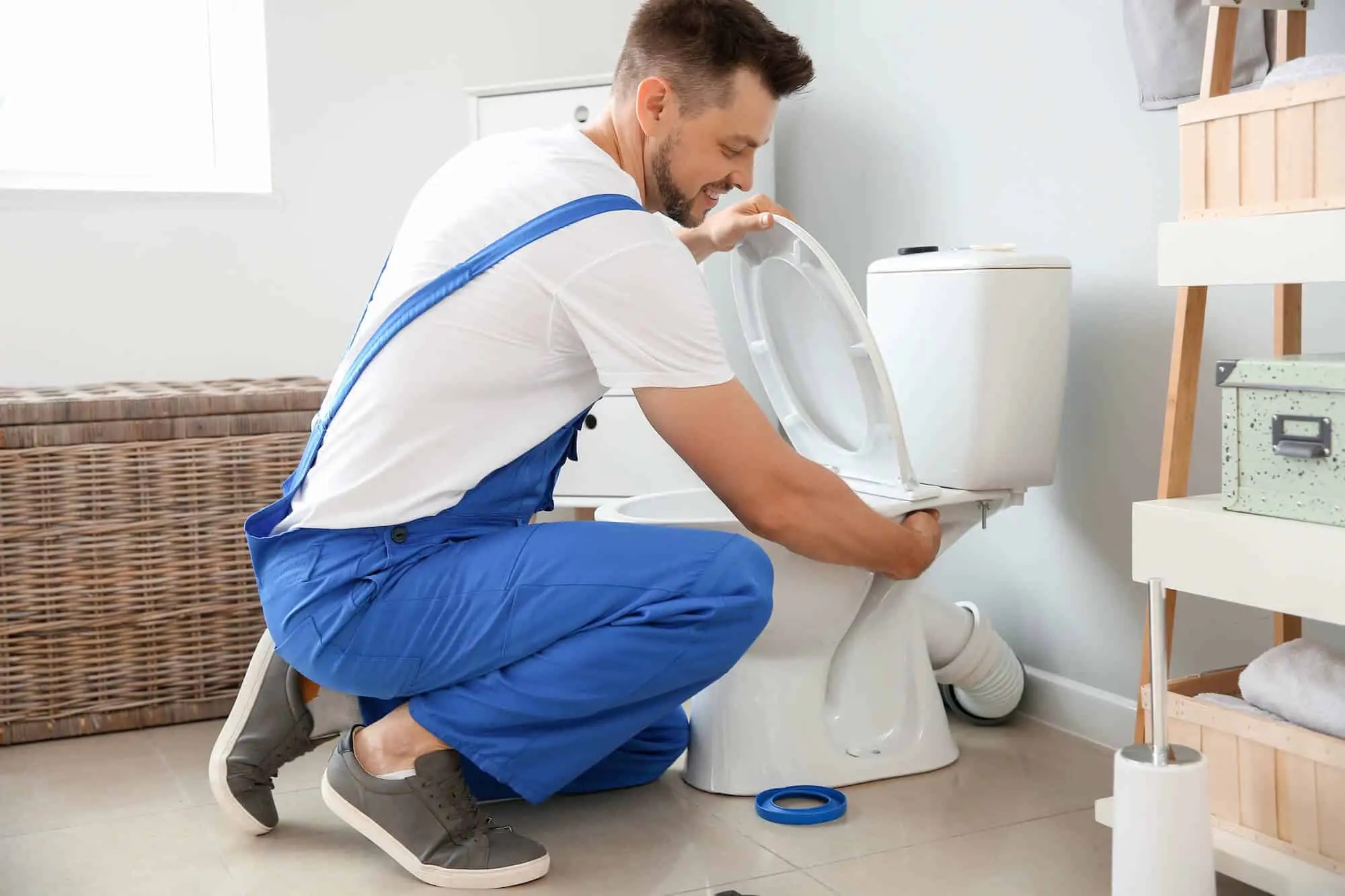

0 thoughts on “When To Replace Cedar Shingle Siding”